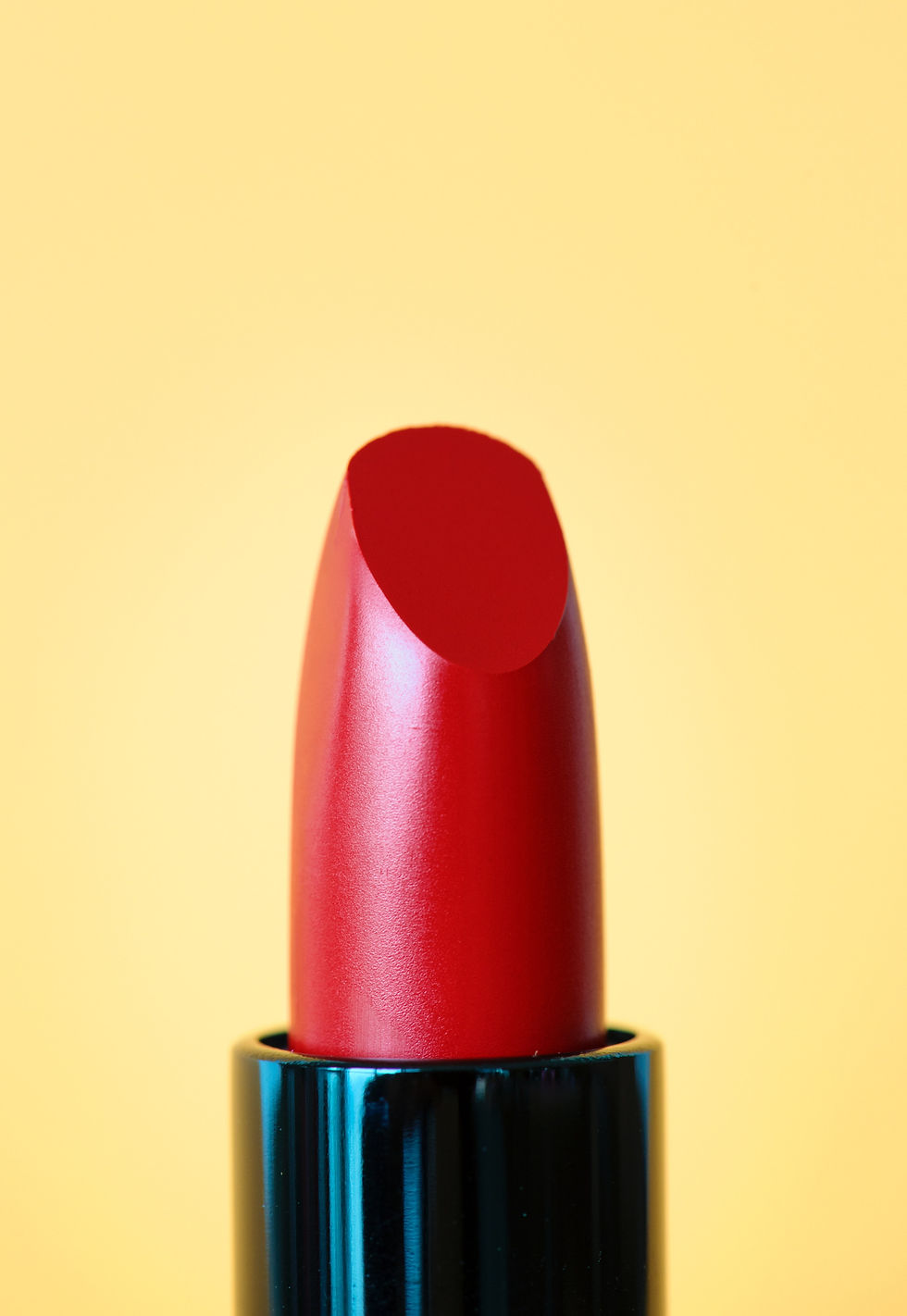Beyond the Surface
- Site Admin
- Feb 28, 2019
- 3 min read
by Anika Ramchandani
photography courtesy of Pexels

Clothes, handbags, jewelry and shoes—the four most fabulous categories in the world. Could the items that we love to spend all of our money on be used as a means of political weaponry? The answer is yes.
If you watched the State of the Union or saw the coverage on political news sites, you probably noticed the sea of white amongst the crowd. A large group of congresswomen, mainly critics of President Trump, wore all-white outfits as a tribute to the Suffragists of the 20th century, who were known to dress in white. The worlds certainly took notice, especially Trump and his supporters. However, the suffragists and congresswomen aren’t the only ones who have worn certain items with a political motive in mind.
Since the beginning of time, clothing and accessories have been used as an expression of wealth and class. But, throughout history significant figures have used clothing and accessories to express their ideas or revolt against society.
Coco Chanel designed the Little Black Dress to liberate women from hoop skirts and corsets. At the same time, these dresses offered an escape from the past of explicit patriarchy and they represented women’s emerging independence. Marie Antoinette used her outfits to portray her power over Louis XVI—and to display of political control over the throne.
Plenty of resistance groups use violence to make their point, but the use of visual weaponry can prove to have so much more of an impact. A prominent and current-day example is the pink pussy hat worn by many women’s rights activists.
Eve Worobel (CAS ‘21) asserted that there is power found at the intersection of fashion and politics.
“Fashion can be used as a tool of representation, to help underrepresented groups gain political recognition through fashion,” Worobel said.
Worobel also mentioned how Alexandria Ocasio-Cortez’s (CAS ‘11) has used gold hoops and red lips to represent the people of the Bronx and support Justice Sonia Sotomayor, who was told to wear neutral colors to her swearing in.
Women, in particular, have always been under attack. They are strong enough to continue fighting back and they use fashion as one of their tactics. Many may think that fashion is superficial and materialistic but it is exactly the opposite. You have to look beyond the surface and often there is a deeper meaning to almost everything.
McKaylyn Fults (CGS ‘21) explained that style tends to mirror the trends or beliefs circulating outside of its own industry.
“Fashion is just like any other art form, where the hidden messages within are often influenced by pop culture or political climates,” Fults said.
A huge impact can be made on a targeted audience when large groups stand out because of their outfit. From the US congresswomen in 2019 to Marie Antoinette in the 16th century, the public noticed their trendy yet meaningful statements.
The world saw a united front between Democratic women in 2019, and they witnessed Marie Antoinette rule as a ruthless yet powerful figure rather than a submissive queen. Proving that women were strong because they fought back in unison.
“I believe fashion is capable of influencing the political sphere much more than it currently does,” Worobel said.
This resistance tactic must continue, rather than using violence and hatred, fashion is the way to motivate change. Fight on, girls!
Comments